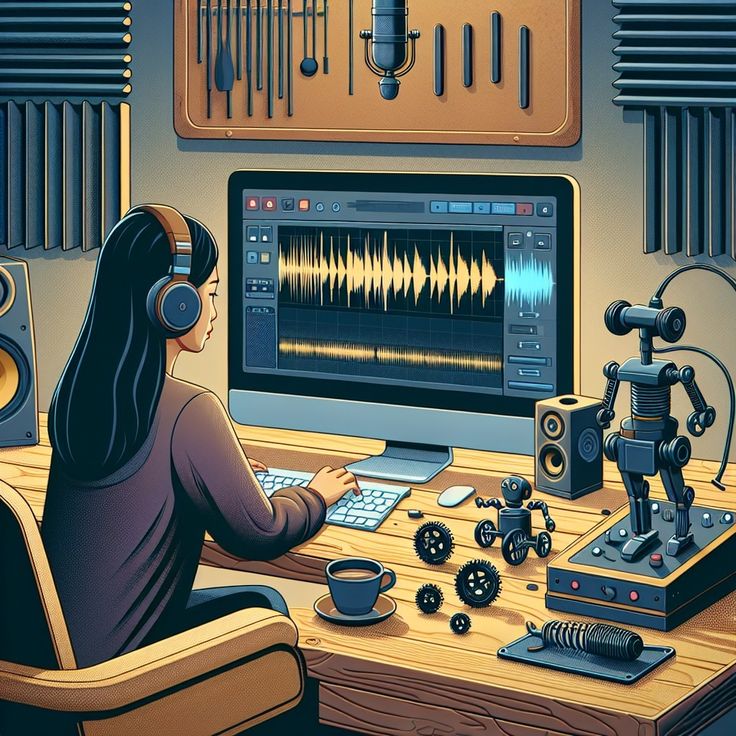In today’s fast-paced digital world, voice recognition technology has emerged as a groundbreaking innovation that is revolutionizing the way we interact with smart devices. From virtual assistants to home automation, voice recognition is not only enhancing user experience but also setting the stage for the future of technology.
This article delves into how voice recognition is transforming smart devices, its key applications, and the potential it holds for the future.
What is Voice Recognition Technology?
Voice recognition technology, also known as speech recognition, refers to the ability of a machine or program to identify and process spoken language. By converting spoken words into text or commands, voice recognition enables hands-free operation of devices and facilitates seamless user interaction.
This innovation is powered by advanced algorithms and machine learning models that continuously improve the system’s ability to understand accents, dialects, and context. For example, natural language processing (NLP) plays a vital role in making these systems more intuitive and user-friendly.
How Voice Recognition is Revolutionizing Smart Devices
1. Enhanced Accessibility
One of the most significant benefits of voice recognition is its ability to improve accessibility for people with disabilities. Voice-enabled devices, such as smart speakers and home automation systems, provide an intuitive interface for those who may have difficulty using traditional input methods.
For instance, platforms like Google Assistant and Amazon Alexa allow users to control lights, thermostats, and appliances simply by speaking.
2. Hands-Free Convenience
Voice recognition eliminates the need for physical interaction with devices, offering hands-free convenience that is particularly valuable in scenarios like driving or cooking. Smart assistants integrated into devices such as Apple’s Siri or Samsung’s Bixby enable users to send texts, set reminders, or even search the web using only their voice.
3. Personalization and Context Awareness
Modern voice recognition systems are designed to learn from user behavior. They can identify individual voices and adapt to preferences over time. This level of personalization is evident in platforms like Google Home, which tailors its responses based on the user’s voice profile.
Additionally, these systems are becoming increasingly context-aware, meaning they can interpret and respond to commands based on the situation. For example, saying “Play my favorite playlist” will prompt the system to access a pre-defined list of songs.
Applications of Voice Recognition Technology in Smart Devices
1. Smart Home Automation
Voice recognition is at the heart of smart home ecosystems. Devices like Amazon Echo and Google Nest allow users to control lights, locks, cameras, and more with simple voice commands. This technology creates a fully automated and intuitive living environment.
2. Healthcare Innovations
Voice recognition is transforming healthcare by enabling hands-free documentation and patient monitoring. Systems like Dragon Medical One help doctors transcribe notes efficiently, while voice-enabled smart devices monitor patients’ health metrics at home.
3. Automotive Integration
The automotive industry is also leveraging voice recognition to enhance safety and convenience. Drivers can use voice commands to navigate, make calls, or control in-car entertainment systems. Solutions like Android Auto and Apple CarPlay integrate seamlessly with vehicles to provide hands-free operation.
4. Customer Service and Chatbots
Businesses are incorporating voice-enabled chatbots to streamline customer service. For instance, systems like IBM Watson Assistant can handle customer inquiries efficiently, improving satisfaction while reducing costs.
Challenges and the Future of Voice Recognition
While voice recognition has come a long way, it still faces challenges, including:
- Privacy Concerns: Users worry about data security and unauthorized recordings. To address these concerns, companies are implementing stricter privacy policies and secure data encryption.
- Language and Dialect Variations: Although systems are improving, understanding diverse accents and languages remains a challenge. Expanding multi-language support is a priority for developers.
Despite these obstacles, the future of voice recognition is bright. Innovations such as emotion recognition and real-time language translation are already being tested. Moreover, advancements in edge computing will reduce latency, making voice interactions even faster and more reliable.
Why Voice Recognition is the Next Frontier
Voice recognition is reshaping how we interact with technology. Its ability to offer convenience, personalization, and accessibility makes it a cornerstone of smart device innovation. As the technology continues to evolve, its applications will only expand, driving smarter and more intuitive interactions across industries.
For individuals and businesses alike, staying ahead of these trends is crucial. Voice recognition is no longer a futuristic concept—it’s the present and the path forward.
